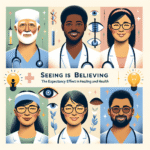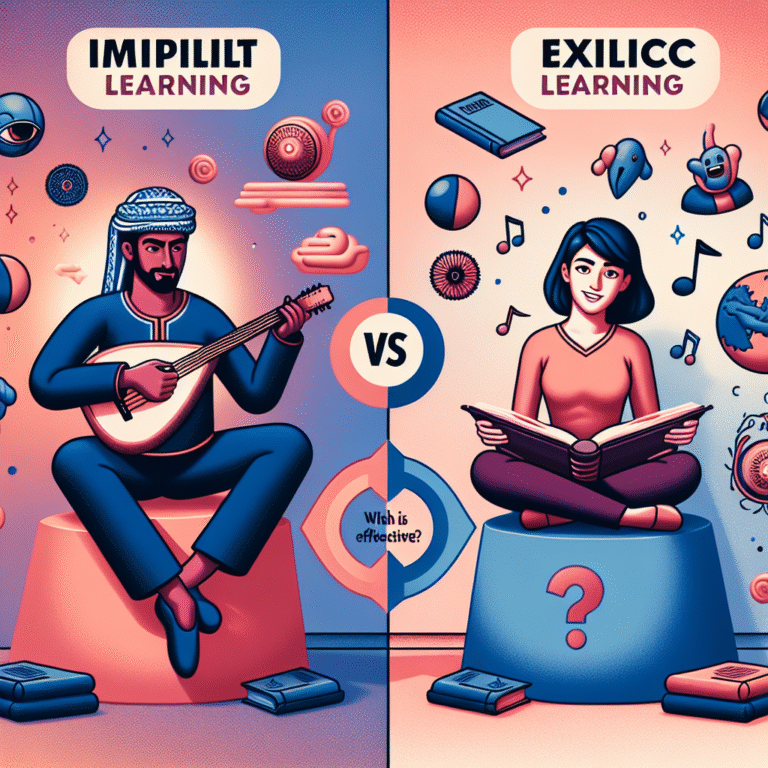
Introduction
Imagine a world where every individual, regardless of age, can sharpen their working memory, leading to enhanced learning, productivity, and overall quality of life. In today’s fast-paced society, the demand for cognitive capabilities only elevates, making the enhancement of working memory across the lifespan not just desirable but essential. From Students to Seniors: Enhancing Working Memory Across the Lifespan is a journey that transcends age and demographic boundaries, presenting unique strategies that can empower everyone—from children in classrooms to older adults in retirement homes.
Understanding Working Memory
Working memory is a cognitive system responsible for temporarily holding information available for processing. It’s crucial for a multitude of tasks like problem-solving, comprehension, and navigation in everyday life. Did you know that working memory capacity differs across the lifespan? Research indicates that children, teenagers, and older adults exhibit varying levels of working memory efficiency.
The Neuroscience Behind Working Memory
At its core, working memory operates through the prefrontal cortex, the area of the brain associated with complex cognitive behaviors. Functional Magnetic Resonance Imaging (fMRI) studies reveal that various strategies for enhancing working memory stimulate diverse brain regions, leading to improved cognitive performance across different age groups.
Working Memory Across Different Age Groups
From Students: Childhood and Adolescence
1. Cognitive Development
During childhood and adolescence, the brain undergoes significant growth and development. Enhancing working memory during these formative years can lead to better academic performance and social skills. Incorporating memory games, mnemonic devices, and interactive learning methods can stimulate cognitive development.
Case Study: The Power of Games in Schools
A notable case study from a primary school in New York implemented a program integrating memory-enhancing games into their curriculum. Over a school year, students showed a 30% improvement in their working memory scores. This demonstrates how From Students to Seniors: Enhancing Working Memory Across the Lifespan starts with effective educational interventions.
Strategies for Students
| Strategy | Description | Impact |
|---|---|---|
| Mnemonic Devices | Techniques like acronyms and visualization help retain information. | Improves recall by 20-30%. |
| Mind Mapping | Creating visual representations of information enhances understanding. | Boosts comprehension by 25%. |
| Physical Activity | Exercise can increase blood flow to the brain, enhancing cognitive function | Can improve memory retention. |
Case Study Analysis
The integration of active learning techniques has been proven effective in strengthening cognitive processes among young learners. Schools adopting such methodologies showed not only improved academic scores but also a marked increase in student engagement.
From Teens to Young Adults
2. The Critical Transition to Independence
As teenagers transition to young adults, the demands on working memory escalate, primarily due to new responsibilities, academic pressures, and social complexities. Fostering good working memory during this stage lays a robust foundation for future success.
Strategies for Young Adults
- Technology Management: Encourage the use of apps designed to boost working memory, such as quiz apps or spatial memory games.
- Study Techniques: Employing spaced repetition can solidify memory retention, aiding academic performance.
Case Study: College Cognitive Workshops
A university in California initiated cognitive workshops that incorporated dual-task training (simultaneously performing a memory task while executing a physical activity). This approach led to 40% of participants reporting enhanced concentration and memory capabilities, epitomizing how From Students to Seniors: Enhancing Working Memory Across the Lifespan is critical as young adults navigate peak cognitive demands.
From Middle Age to Seniors
3. Navigating Cognitive Decline
As individuals enter middle age and beyond, cognitive decline, particularly in working memory, becomes prevalent. At this stage, enhancing working memory is not just about maintaining a competitive edge in the job market but also about preserving autonomy and mental health.
Strategies for Seniors
| Strategy | Description | Impact |
|---|---|---|
| Cognitive Training | Engaging in brain games specifically designed for seniors. | Reduced risk of cognitive decline. |
| Social Interaction | Participating in group activities enhances cognitive function. | Increases mental stimulation. |
| Healthy Lifestyle Choices | Adopting a balanced diet and regular exercise. | Supports overall cognitive health. |
Case Study Analysis
Research from an elderly care facility in Boston revealed that seniors engaging in regular cognitive training sessions experienced a significantly slower decline in working memory compared to their peers who did not participate. This highlights the importance of ongoing cognitive engagement throughout life.
Real-Life Applications: Bridging the Gap
4. Continuous Learning
The need for lifelong learning exists across the entire lifespan. As working memory skills are developed through early education, the path continues into adulthood and old age.
5. Work Environment Enhancement
Creating work environments that promote cognitive health can significantly boost memory. Open communication, flexibility in tasks, and encouragement for continued education can promote working memory enhancement, from students to seniors.
Conclusion
From Students to Seniors: Enhancing Working Memory Across the Lifespan is not just a phrase; it embodies a commitment to cognitive resilience and adaptability throughout our lives. By recognizing the unique needs and abilities of each demographic, we can implement effective strategies that empower individuals to overcome cognitive challenges and thrive.
The key takeaway is that enhancement of working memory is a lifelong journey. Whether you are a student striving for academic excellence, a young adult navigating the workforce, or a senior aiming to maintain mental acuity, investing in cognitive health is invaluable.
FAQs
1. What techniques can improve working memory in students?
Engaging in mnemonic devices, mind mapping, and interactive games are proven methods to enhance memory retention in students.
2. How does age affect working memory?
Working memory capacity tends to peak in early adulthood and may decline with age, though strategies exist to mitigate this decline.
3. Are there specific exercises for seniors to boost working memory?
Yes, cognitive training exercises such as puzzles, memory games, and social engagement activities are effective for seniors.
4. Can technology assist in enhancing working memory?
Absolutely! Various apps and digital platforms are designed to improve memory through targeted cognitive tasks.
5. Is it too late for older adults to work on improving their working memory?
No, it’s never too late! Continuous cognitive engagement through varied strategies can lead to significant improvements at any age.
By empowering individuals across the lifespan through effective memory enhancement tactics, society can ensure a mentally resilient future, where everyone is equipped to meet their cognitive demands head-on.















